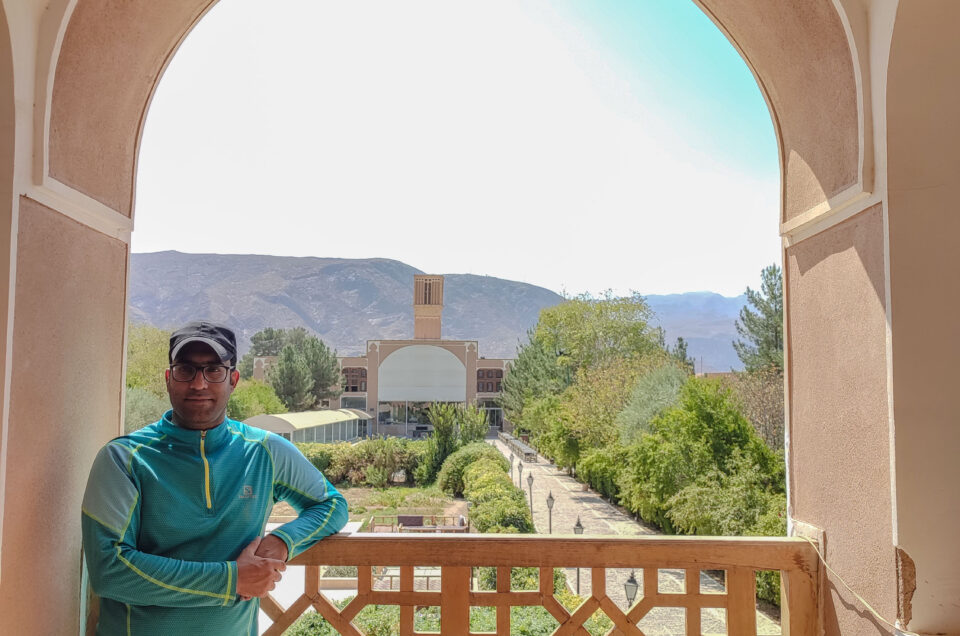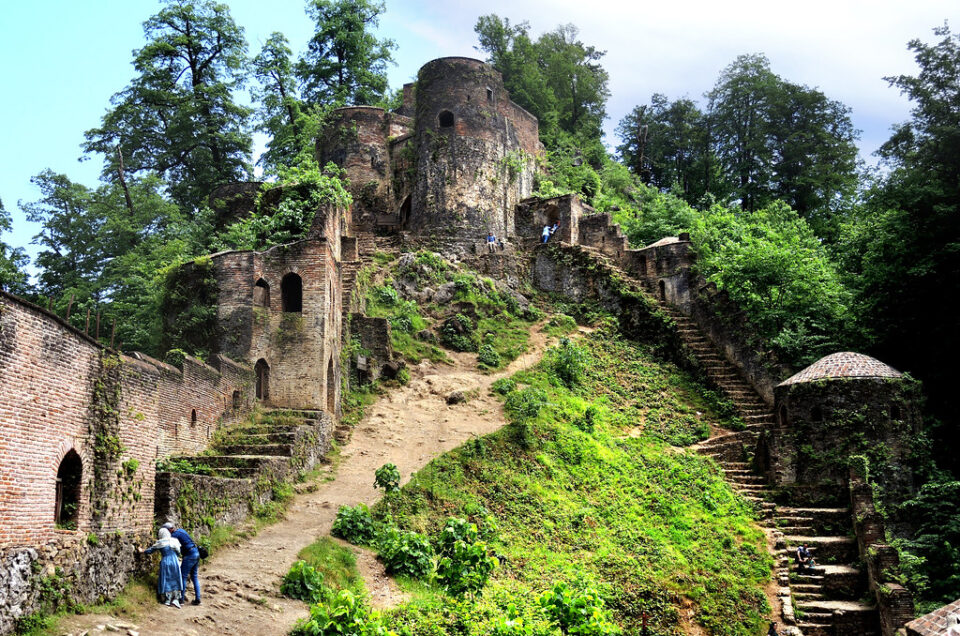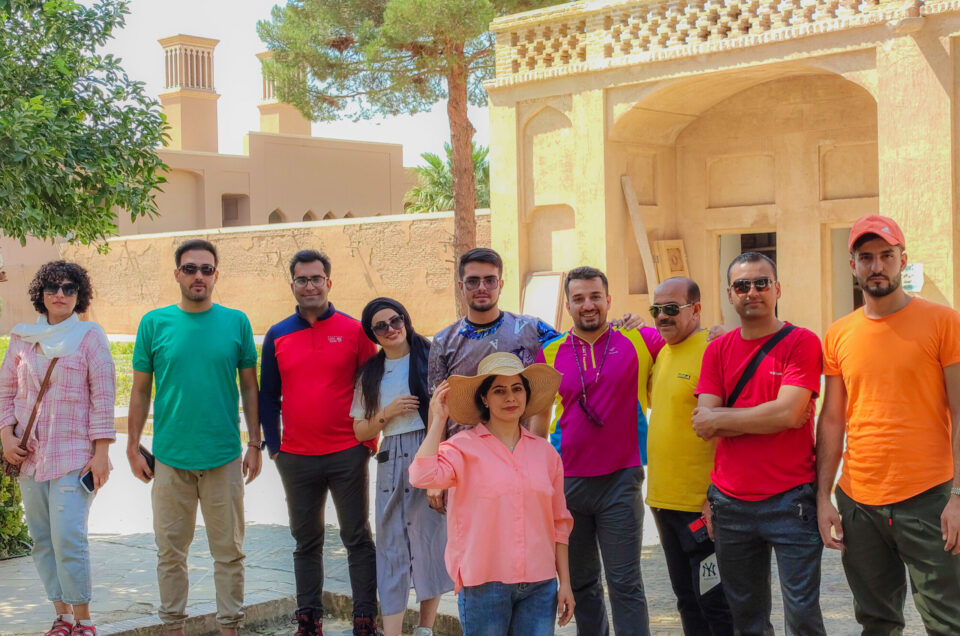Nestled in the heart of Yazd, a city renowned for its rich history and unique architectural heritage, lies the Sadri Garden and Mansion. This exquisite gem is often referred to as the Sadri Garden, but locals fondly know it as the “Bāgh-e Namir Garden” a testament to its historical significance and the tales it holds within its walls.
A Historical Marvel: The Sadri Garden and Mansion boasts a storied history dating back to the Zand Dynasty in Iran. It was constructed during the late Zand period, alongside the magnificent Shah Vali Mosque in Yazd. This historical connection further enhances the garden’s allure, as it offers a glimpse into a bygone era.
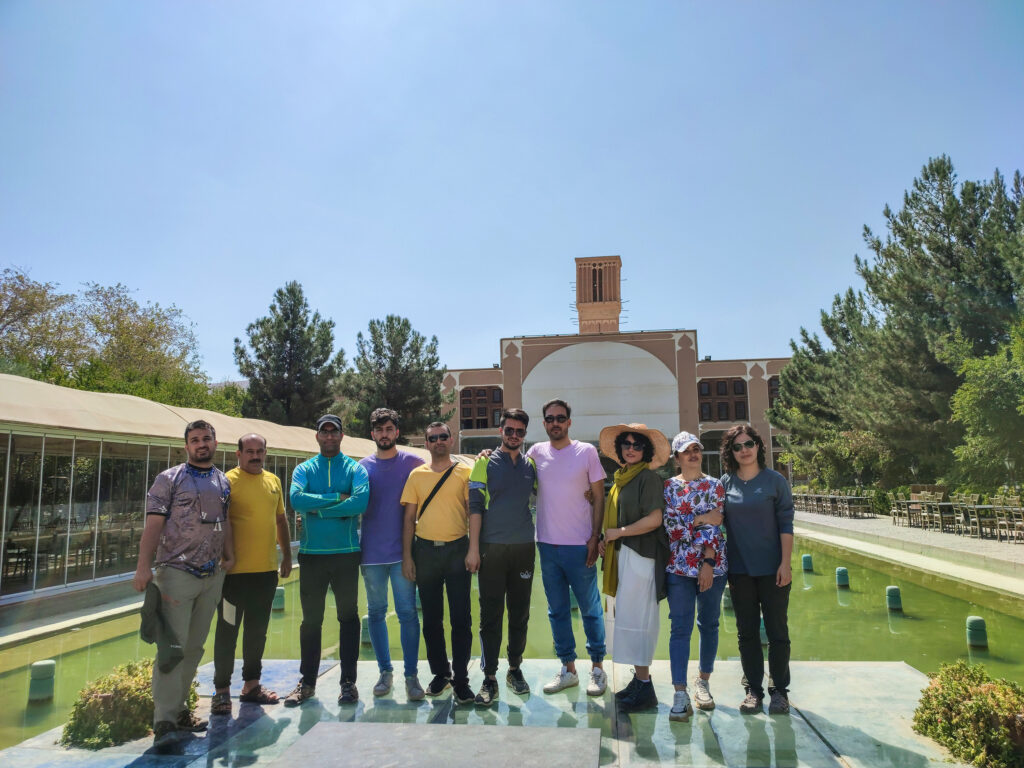
A Link to Zoroastrian Heritage: The locals in Yazd affectionately call this site the “Bāgh-e Nimir Yazdi” because, at one point in time, a prominent Zoroastrian figure known as “Arbab-e Nimir Yazdi” resided within its enchanting confines. Arbab-e Nimir was not just a well-known Zoroastrian; he was also a revered figure in the Yazdi community, celebrated for his unwavering spirit.
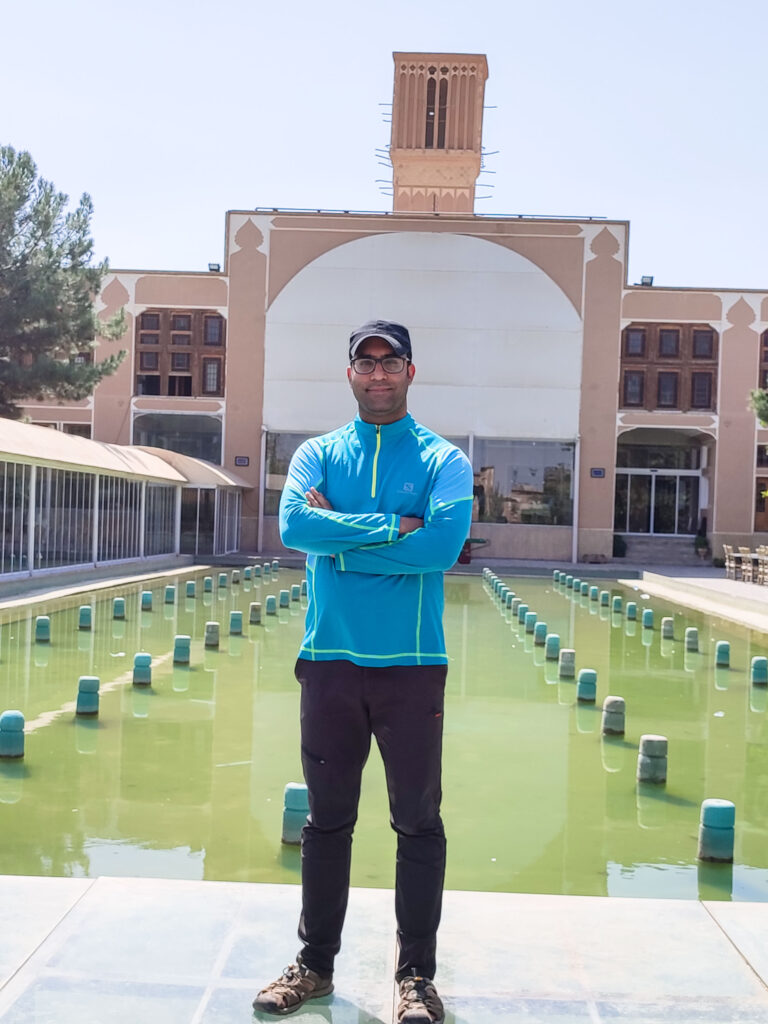
Exploring the Beauty: Visiting the Sadri Garden and Mansion is a journey through history and architecture. To enter, one must traverse a narrow alleyway, adding an air of mystery to your experience. The first structure you encounter is the summer residence, a hallmark of Persian architecture. It features a spacious hall adorned with beautifully crafted muqarnas (stalactite) designs, making it a visual delight.
The Tallest Windcatcher in Yazd: One of the most remarkable features of the Sadri Garden is its towering windcatcher, often referred to as “Bādgir.” This two-story windcatcher serves the crucial role of natural ventilation and temperature regulation, making it the tallest windcatcher in Yazd. The main building of the garden, with the addition of the windcatcher, reaches an impressive height of 22.5 meters.
Spectacular Gardens: In front of the mansion lies a spacious stone pool, covering an area of 500 square meters and featuring an astounding 95 fountains. What sets these fountains apart is that they operate using mountain spring water, much like many traditional Iranian gardens. This ingenious system requires no electrical pumps, relying on gravity to provide water to the trees of pomegranate, plum, and cherry, which continue to thrive within the garden.
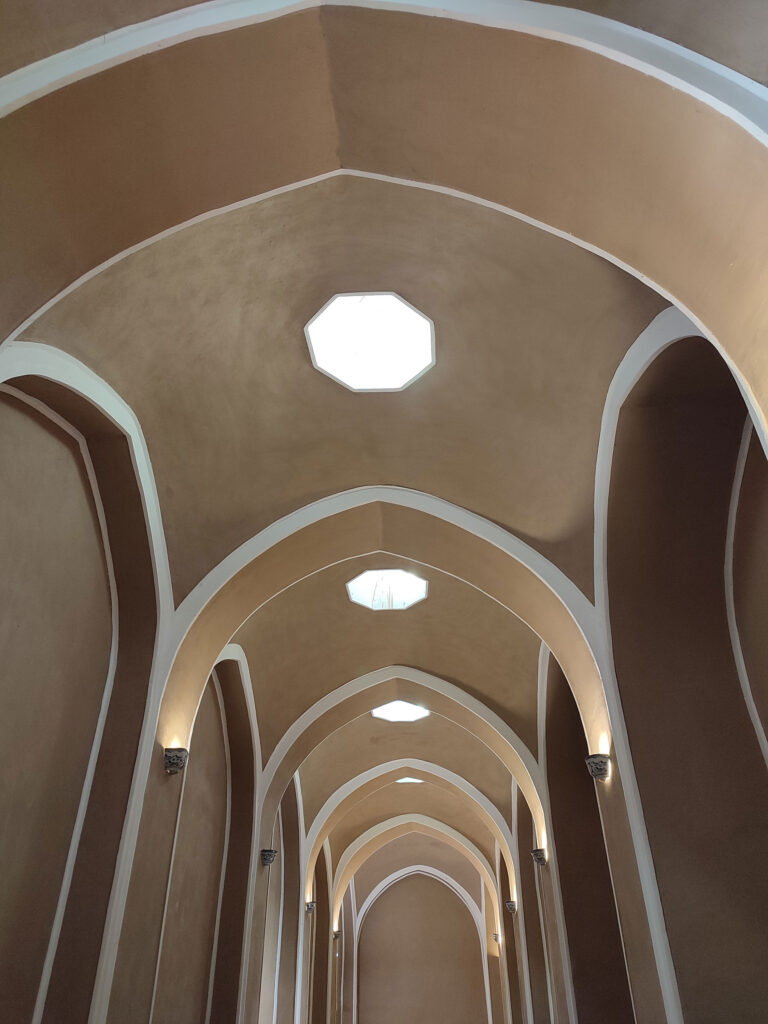
Winter Residence and Flour Mill: The mansion is a unique blend of summer and winter residences. The winter section was equipped with a flour mill to meet the household’s wheat milling needs, demonstrating the self-sufficiency of the era. The winter wing has been repurposed as a charming hotel and restaurant, retaining much of its original character.
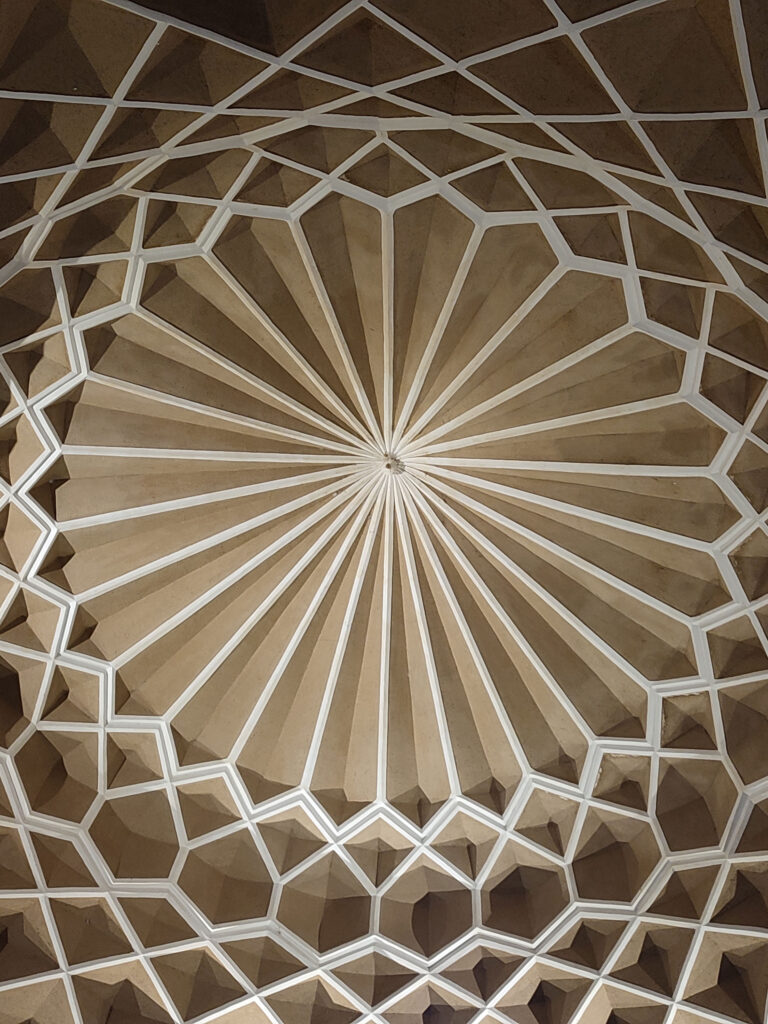
A Story of Renewal: The story of the Sadri Garden and Mansion is one of rebirth and restoration. The Nimir family, hailing from a modest financial background, purchased the garden for a mere 5,000 Iranian Tomans. Their dedication to preserving this historical treasure and their commitment to maintaining its beauty is a testament to their love for their cultural heritage.
Preservation as a Cultural Heritage: In the late 1990s, the Nimir family sold the garden to the Yazd Municipality. It is now maintained and cherished as a cultural heritage site, representing the enduring history and architectural marvels of Iran.
The Sadri Garden and Mansion is more than just a tourist destination; it is a living testament to the rich tapestry of Persian history and culture. Its intricate architecture, lush gardens, and captivating history make it a must-visit for travelers eager to explore the heritage of Yazd, Iran. So, if you’re ever in the vicinity, make sure to step into this enchanting oasis where time seems to stand still, and history comes to life.

